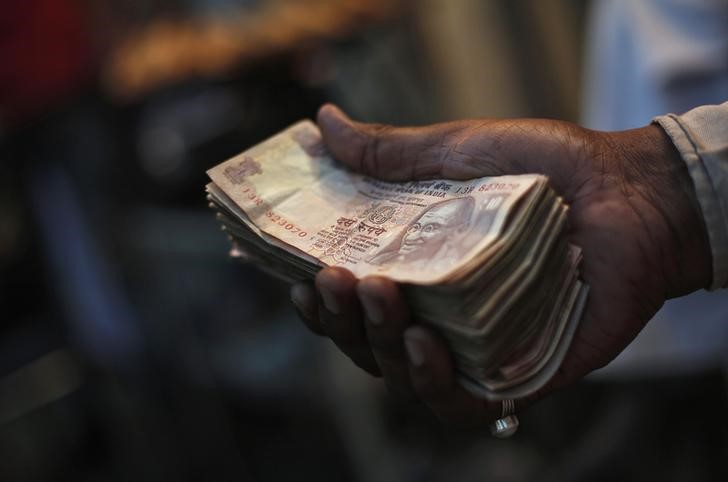The Reserve Bank of India (RBI) is facing challenges in managing the volatility of the rupee due to a continuous decline in forex reserves, which fell by $2.36 billion to $583.53 billion for the week ending October 20th. This decrease occurred despite a $1.15 billion increase in the preceding week, and follows a five-month low during the week ended October 6th.
On Wednesday, the rupee was trading at 83.27 against the US dollar in the pre-noon session, down from 83.25 in the previous session. The RBI has been intervening in the forex market to prevent the rupee from falling below a low of 83.29. However, this decline in reserves could limit RBI’s intervention, potentially weakening the rupee.
In addition, the rupee is forecasted to open at around 83.26-83.2650 against the U.S dollar, with a potential surge in buying if the RBI permits it above 83.30 while preventing it from falling below a record low of 83.29. Asian currencies are depreciating, while the U.S yield and (106.75) show minor increases.
The Federal Reserve is anticipated to retain the policy rate at 5.25-5.50%, with potential softening of future rate hikes due to rising U.S yields as per some analysts’ views and Morgan Stanley’s expectations based on Fed Chair Powell’s recent balanced risk outlook speech.
NSDL data reveals foreign investors’ activity on Oct. 30, with sales of $203.8mln worth of Indian shares and purchases of $8mln worth of Indian bonds. The one-month non-deliverable rupee forward is at 83.33, onshore one-month forward premium at 5.25 paisa, futures rose to $85.3 per barrel, and ten-year U.S note yield is at 4.92%.
A spot trader suggests that the Fed’s decision won’t significantly affect the rupee’s range, adding another layer of complexity to the RBI’s task of maintaining the rupee’s stability amidst these various factors.
This article was generated with the support of AI and reviewed by an editor. For more information see our T&C.
Read the full article here
